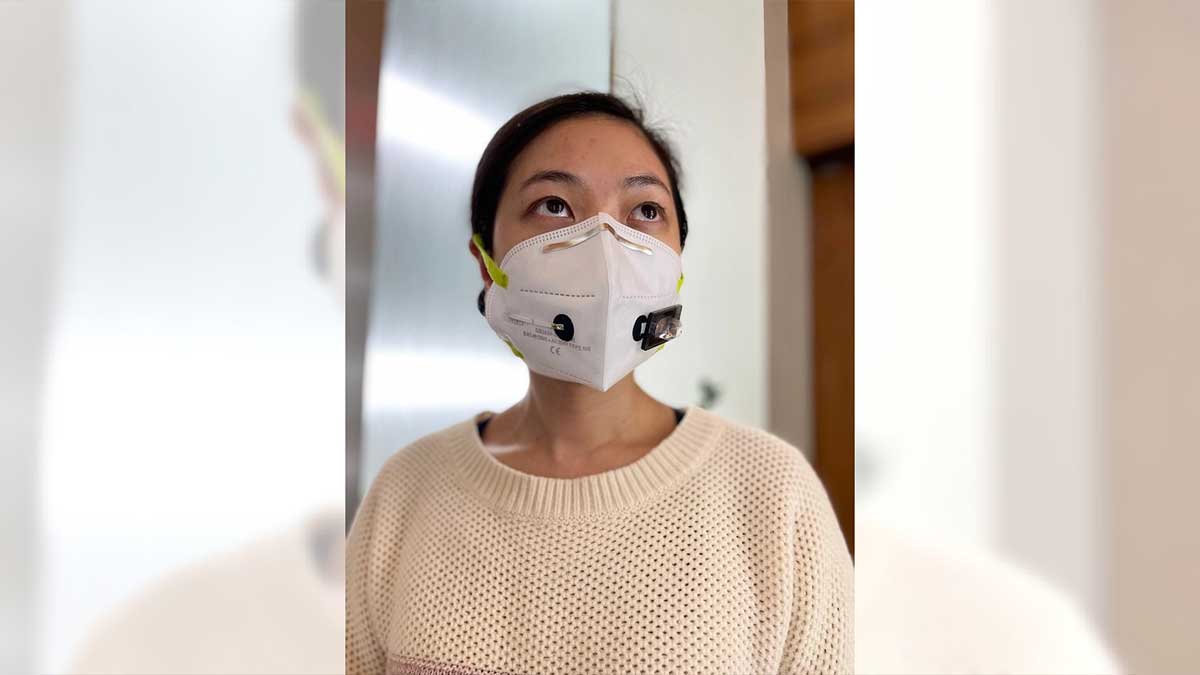The experts of Harvard University have developed a face mask that can be used to detect whether the person, wearing it has been suffering from Covid-19 or not.
The person who wears this mask can monitor his exposure to harmful chemicals through a smartphone application which is valuable for a number of emergency professionals.
According to the expert of the team which developed it, Nina Donghia said, “This technology could be incorporated into lab coats for scientists working with hazardous materials or pathogens, scrubs for doctors and nurses or the uniforms of first responders and military personnel who could be exposed to dangerous pathogens or toxins such as nerve gas.”
Read more: Coronavirus infection interferes with heart function, scientists discovered
This technology will be in a position to detect within 90 minutes if there are coronavirus particles in a mask wearer’s breath. The sensor’s results would be delivered in a simple format, similar to an at-home pregnancy test. The results would be as accurate as the results of any advanced laboratory.
The Face Mask Can Detect COVID-19 Infection
Another expert of the team said, “We have essentially shrunk an entire diagnostic laboratory down into a small, synthetic biology-based sensor that works with any face mask, in addition to face masks, our programmable biosensors can be integrated into other garments to provide on-the-go detection of dangerous substances.”
The development of this mask is the outcome of the research of three years on wearable-dried cell-free technology. Luis Soenksen, an expert at MIT said that we worked hard, sometimes bringing non-biological equipment home and assembling device manually. It was definitely different from the usual lab infrastructure we are used to working under but everything we did has helped us ensure that the censure would work in real-world pandemic conditions.
The details of this new invention have been published in the online journal Nature Biotechnology’s latest publication. It starts working, just after pushing a button. The experts of this new technology are now finding the manufacturing partners who can provide the funding so that the same could be brought to market.





















